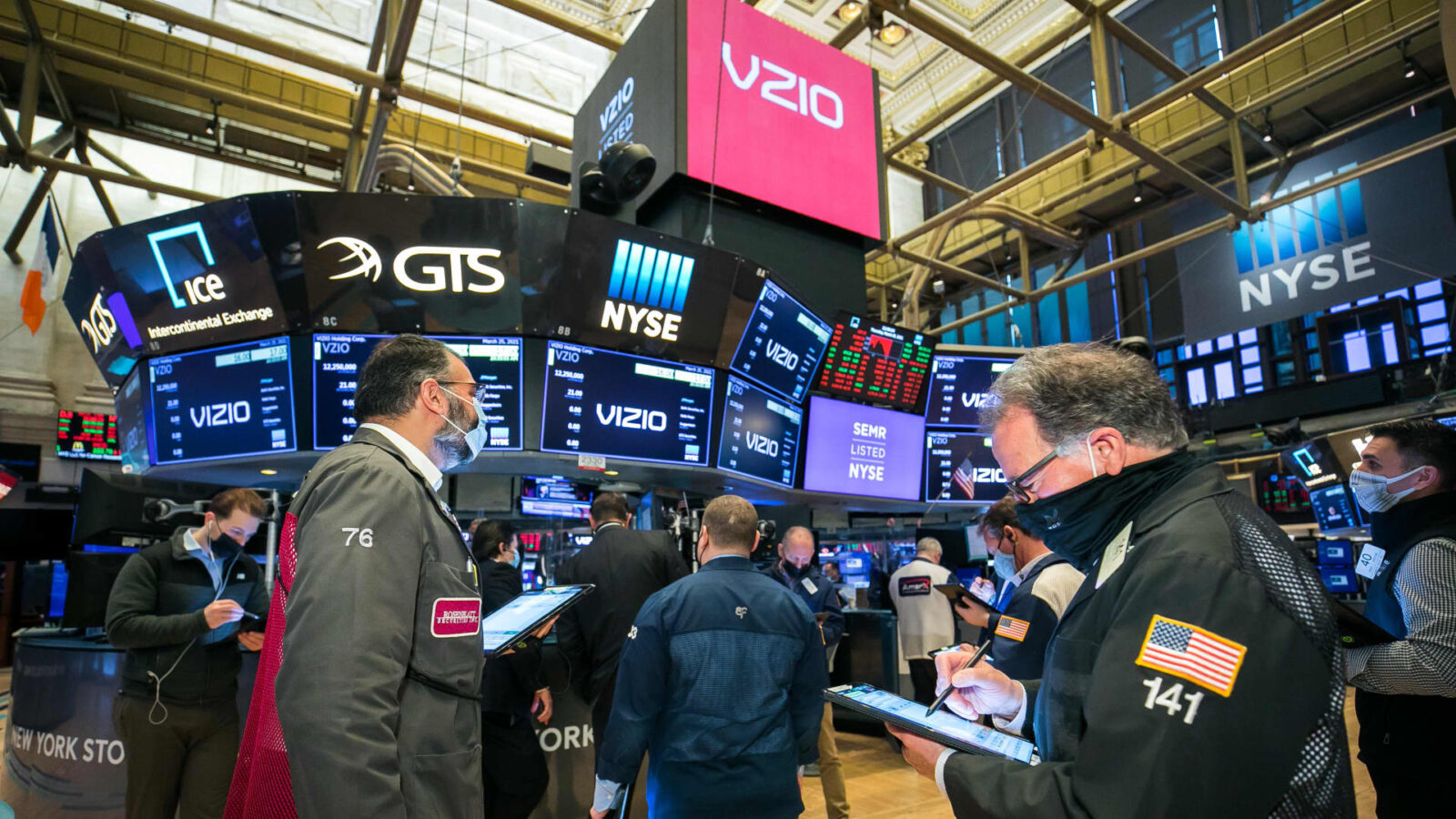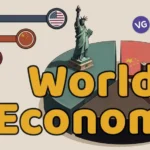The global economic landscape has experienced a significant shift in recent years, with the United States emerging as the frontrunner in the race for the world’s biggest economy, outpacing China. The US gross domestic product (GDP) rose by an impressive 6.3% in nominal terms in 2023, surpassing China’s 4.6% gain. This unexpected turn of events highlights the resilience and strength of the American economy, particularly the vibrant American consumer. In this article, we will delve deeper into the factors contributing to the US’s economic outperformance, the challenges faced by China, and the implications for both countries.
The US Economy: A Strong Recovery
Consumer Spending Boost
One of the key drivers behind the US’s economic success is the robust consumer spending. Despite the challenges posed by the pandemic, the American consumer has demonstrated remarkable resilience. The US economy witnessed a surge in consumer spending, leading to a significant boost in GDP. This positive trend can be attributed to a combination of factors, including pent-up demand, government stimulus measures, and the successful vaccination campaign.
Inflationary Pressures
While the US economy experienced elevated price increases, it is important to note that the nominal GDP growth rate of 6.3% outpaced China’s 4.6% gain. This indicates that the US economy is not solely dependent on inflationary pressures for its outperformance. The Federal Reserve’s proactive measures to manage inflation and stabilize the economy have played a crucial role in maintaining a healthy growth trajectory.
Resilience and Adaptability
Despite initial concerns of a recession, the US economy surprised economists with its resilience and adaptability. The country managed to navigate through the challenges posed by the pandemic, with GDP growth rates exceeding expectations. The successful reopening of businesses, coupled with effective public health measures, contributed to the positive economic outlook.
China’s Economic Challenges
Real Estate Bust and Deflation
China, on the other hand, has faced significant economic challenges, including a prolonged real estate bust and a streak of deflation not seen in decades. The country’s economy has been grappling with the aftermath of strict lockdowns imposed to combat the spread of Covid-19. This has had a detrimental impact on various sectors, including real estate and exports.
Declining Exports and Rising Debt
Exports, once a critical pillar of China’s economic growth, experienced a decline in 2023. This downturn in international trade has posed additional challenges for the Chinese economy. Moreover, the country is burdened with a substantial amount of debt, particularly at the local government level. These factors, coupled with the rising joblessness among young people, have further weakened China’s economic position.
Structural Weaknesses and Lack of Reforms
China’s economic challenges go beyond the immediate impact of the pandemic. The country is grappling with deep-rooted structural weaknesses that require comprehensive reforms. The arbitrary exercise of power by President Xi Jinping has compounded these underlying weaknesses, leading to uncertainty among households and small businesses. This lack of confidence has resulted in a hoarding of cash and a cautious approach to economic activities.
You may read also: Goldman Sachs Predicts A ‘Clear Deficit’ Of Iron Ore For The Rest Of The Year
Implications and Future Outlook
Stock Market Performance
The economic outperformance of the United States is reflected in the performance of its stock market. US shares have reached all-time highs, while Chinese equities have experienced a bear-market rout, with losses exceeding US$6 trillion. This divergence in stock market performance further emphasizes the contrasting economic trajectories of the two countries.
Delayed Economic Supremacy
The US’s strong economic performance has postponed the anticipated moment when China would surpass it as the world’s largest economy. The initial projections of China’s economic ascendancy have been put on hold as the US continues to pull ahead. Experts suggest that the Chinese economy’s short-term and long-term headwinds, combined with the US’s robust recovery, make it less likely that China’s GDP will surpass that of the US in the foreseeable future.
Long-Term Concerns
While the US has demonstrated resilience and economic strength, it is not without its long-term concerns. The country faces challenges such as a historically high budget deficit, which could have implications for future economic stability. Additionally, the risk of a recession remains a possibility, particularly as the job market shows signs of weakening.
Conclusion
The economic race between the United States and China has taken an unexpected turn, with the US pulling ahead in terms of GDP growth. The US economy’s resilience, driven by strong consumer spending, effective pandemic management, and proactive measures to control inflation, has positioned it as the frontrunner. China, on the other hand, faces significant challenges, including a real estate bust, declining exports, and a lack of comprehensive reforms. While the US’s current economic position is strong, it is essential to address long-term concerns and remain vigilant to potential risks. The dynamic nature of the global economy requires continuous adaptation and strategic planning to maintain economic supremacy.















Leave a comment